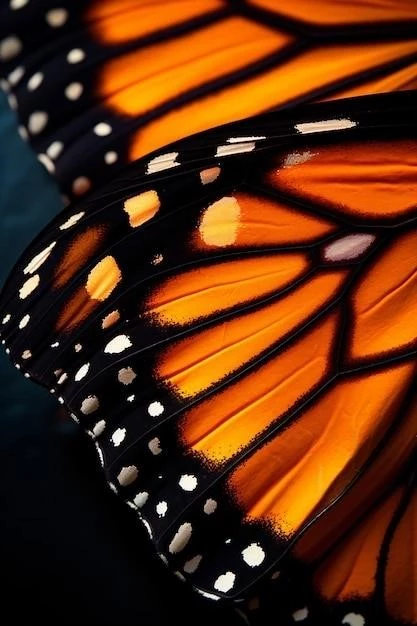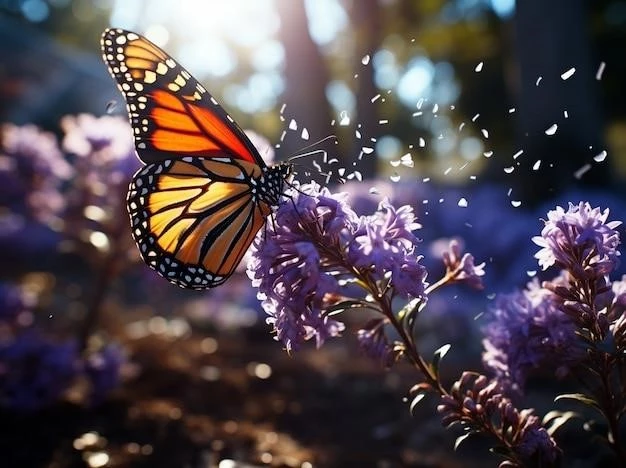My Journey Following the Monarch Butterflies
As an avid nature enthusiast, I’ve always been captivated by the incredible migration of Monarch butterflies. This year, I decided to embark on a personal journey, albeit a stationary one, to witness and understand this awe-inspiring phenomenon firsthand.
Charting the Course: The Monarch Migration Map
My journey began online, tracing the Monarchs’ path on the Monarch Watch migration map. This interactive tool, based on years of scientific data and citizen scientist observations, paints a vivid picture of the butterflies’ movements.
Starting in late summer, I tracked the eastern Monarch population as they journeyed southward from breeding grounds in the northern US and Canada. The map revealed their converging path over Texas, funneling down towards the Transvolcanic mountains of central Mexico.
Experiencing the Wonder: A Virtual Journey
While I couldn’t physically join the Monarchs on their flight, technology allowed me to experience the wonder of their journey vicariously. Through online platforms and documentaries, I witnessed:
- Millions of Monarchs clustering together in massive clouds, transforming trees into living, breathing works of art.
- The delicate dance of these creatures as they navigated thousands of miles using a mysterious combination of instinct and celestial cues.
- The vital role of milkweed, the Monarch caterpillar’s sole source of sustenance, in ensuring the continuation of this incredible cycle.

Understanding the Threats: A Growing Concern
My journey wasn’t just about marveling at the beauty of the migration. The Monarch Watch map and accompanying information also shed light on the very real threats these fragile creatures face:
- Habitat Loss: Deforestation and the conversion of wild spaces to farmland are decimating milkweed populations, robbing Monarchs of crucial breeding grounds.
- Pesticide Use: Widespread pesticide use is killing not only pests but also beneficial insects like Monarchs, disrupting their lifecycle.
- Climate Change: Shifting weather patterns and extreme temperatures are disrupting migration routes and impacting the availability of nectar sources.

Taking Action: Small Steps, Big Impact
Inspired by my virtual journey, I felt compelled to move beyond observation and contribute to the Monarchs’ conservation. Here’s what I did:
- Planted Milkweed: I transformed a corner of my garden into a Monarch waystation by planting native milkweed species.
- Reduced Pesticide Use: I committed to using natural alternatives and reducing my reliance on chemical pesticides in my garden.
- Spread the Word: I shared my newfound knowledge with friends, family, and on social media, encouraging others to learn about and support Monarch conservation efforts.
Reflections on a Journey: Hope for the Future
My journey following the Monarch butterflies was an eye-opening experience. It not only deepened my appreciation for the wonders of the natural world but also ignited a sense of responsibility to protect it. While the threats to Monarchs are real and concerning, I am hopeful that through collective action, we can ensure these magnificent creatures continue their incredible journey for generations to come.










